Some classic cars have withstood the test of time, showcasing the innovative sophistication of their era. From meticulous designs to unmatched durability, the 20 iconic vehicles on this list have carved out their place as symbols of strength and artistry.
Ford Model T (1908)
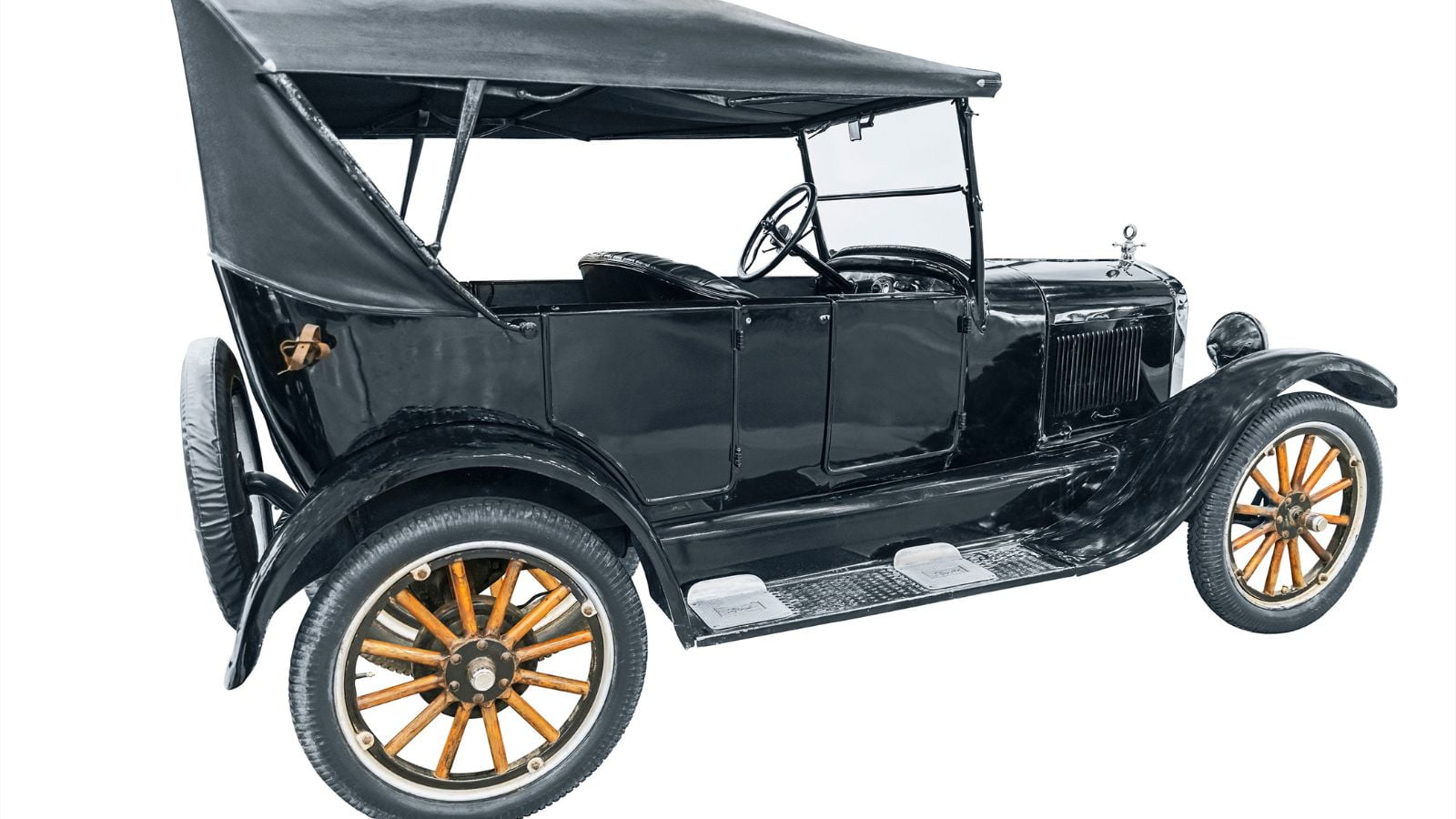
Henry Ford and his team revolutionized the automobile industry with the Ford Model T, often celebrated as the car that put America on wheels. Powered by a 2.9-liter inline-four engine, it delivered a modest 20 horsepower and could reach 60 mph in 40 seconds. The interior was simple, with bench seating, a wooden dashboard, and straightforward controls.
Rolls-Royce Silver Ghost (1907)
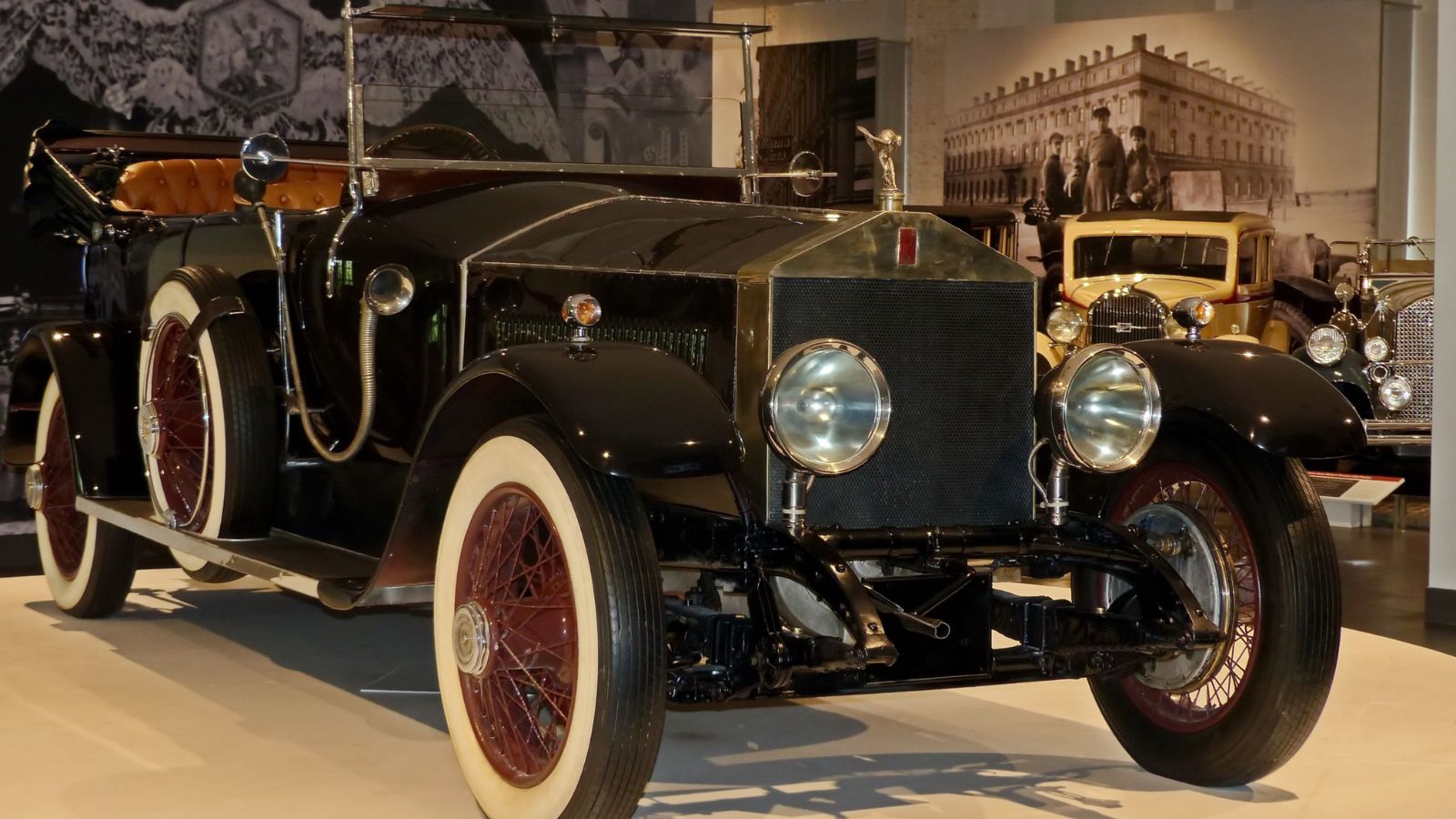
Renowned as “the best car in the world,” the Rolls-Royce Silver Ghost was a masterpiece designed by Henry Royce. Its 7.0-liter inline-six engine was whisper-quiet and took 20 seconds to accelerate from 0 to 60 mph. Inside, it had hand-crafted wood panels, supple leather upholstery, and gleaming brass fittings. Every element was meticulously crafted, transforming the Silver Ghost into a mobile work of art.
Bentley Blower (1929)
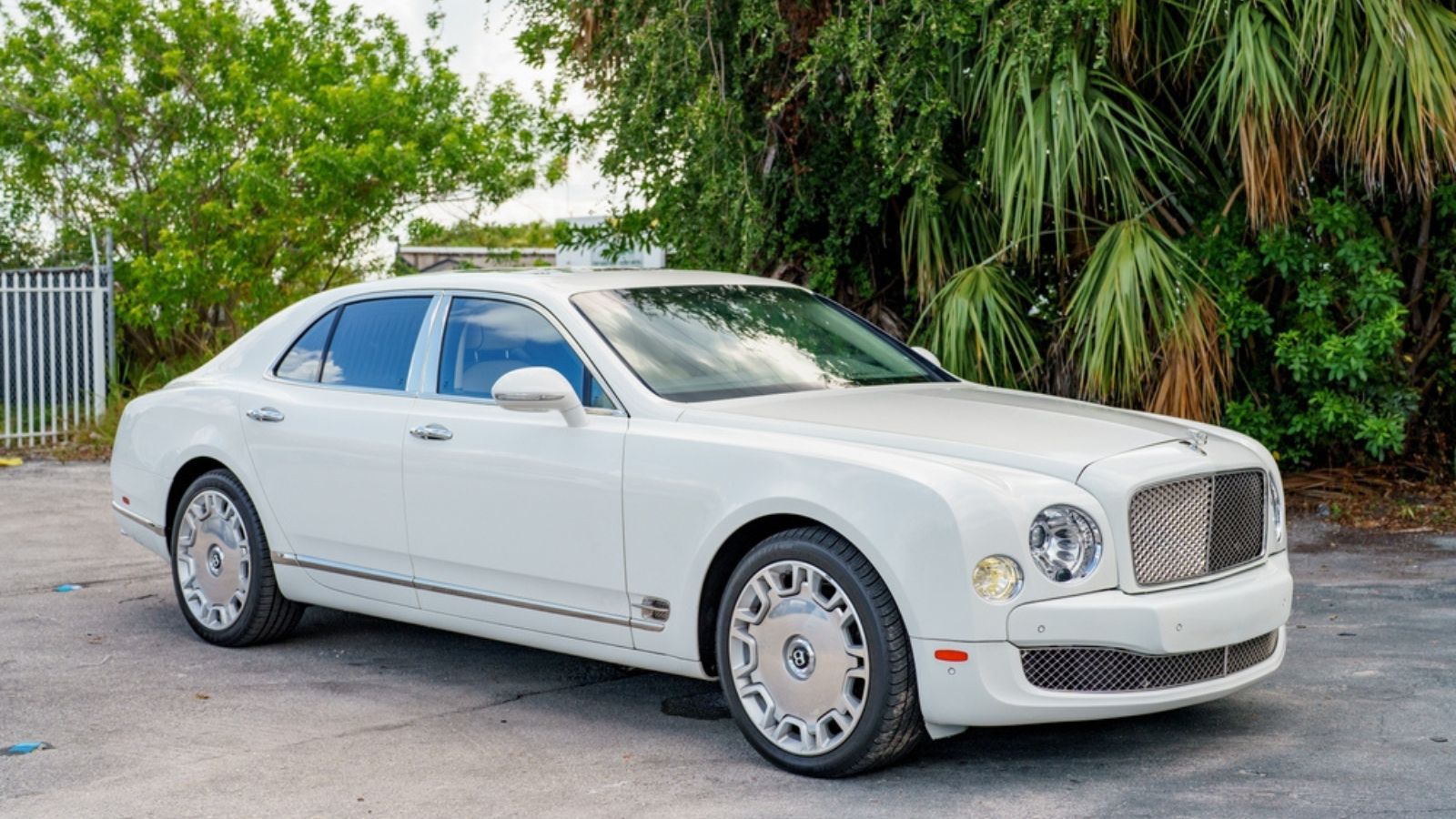
The Bentley Blower was a supercharged beast of the era, born from the brain of engineer Tim Birkin. Its 4.5-liter inline-four would see the car go from 0 to 60 mph in an eye-watering 8 seconds, a rocket pace for the 1920s! Inside, a more utilitarian take on luxury is leather bucket seats and minimalist gauges. Revered for its racing pedigree, the Blower remains an enduring icon of British motoring heritage.
Bugatti Type 57SC Atlantic (1936)
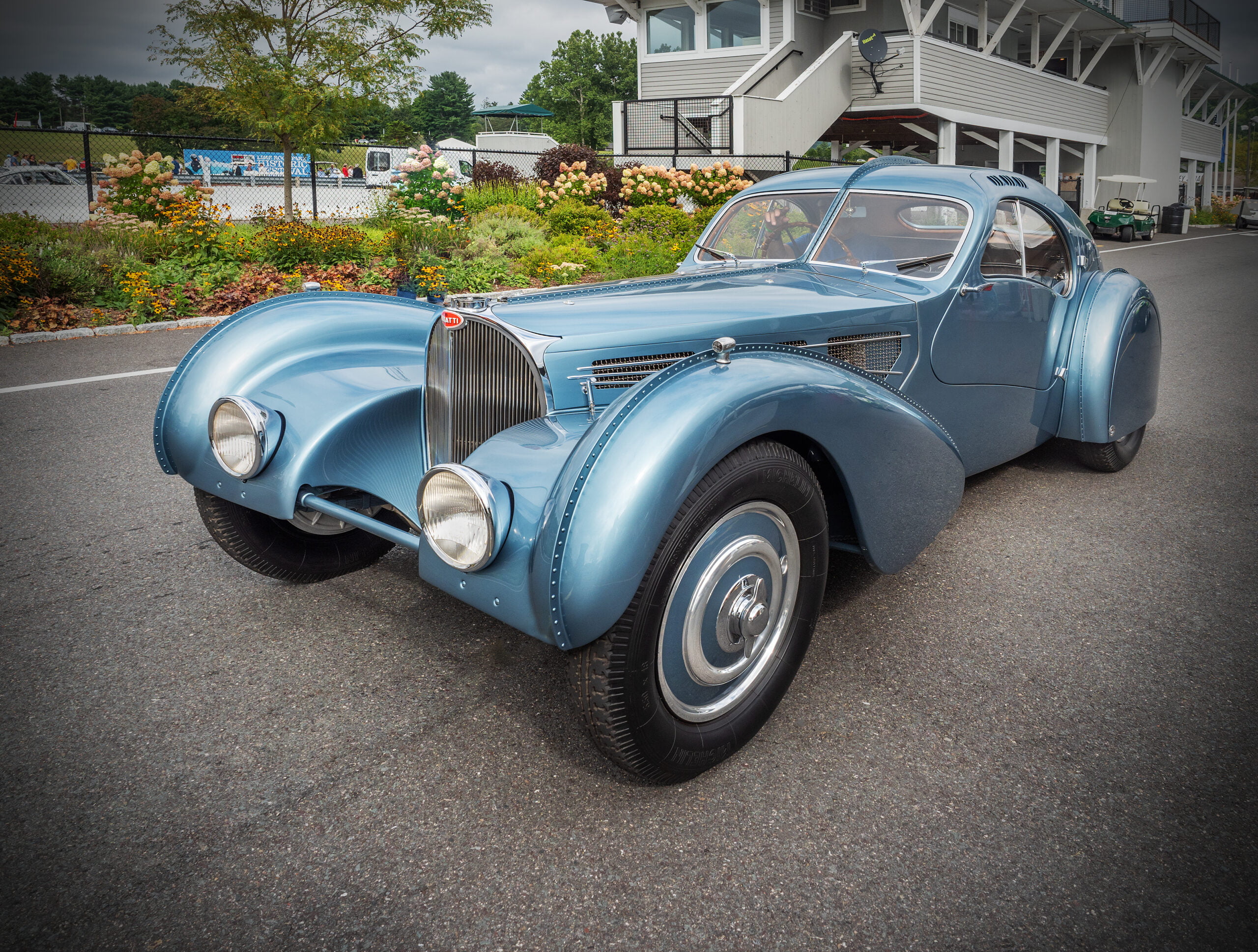
Designed by Jean Bugatti, the Type 57SC Atlantic is one of the most beautiful designs ever created, and its limited number puts it among the rarest in the world. Using an inline-eight 3.3-liter engine, this car achieved a 0 to 60 mph acceleration in 10 seconds, fast for the 1930s. Inside, the Atlantic boasted art deco accessories, leather hand-stitched seats, and an aluminum polish-and-wooden dashboard.
Aston Martin DB2/4
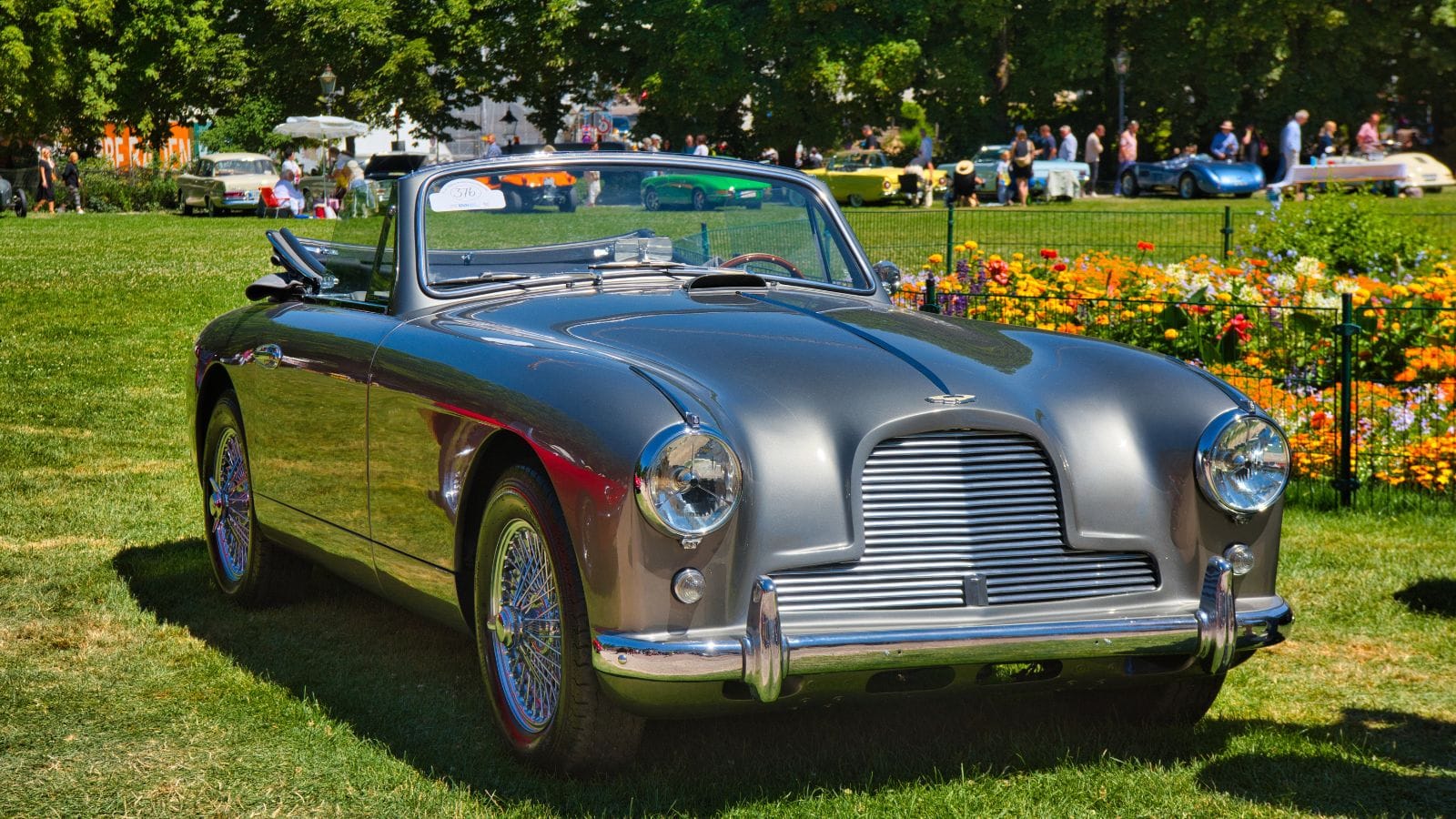
1953 was when Aston Martin DB2/4 by Frank Feeley made its debut. It came with a 2.6-liter inline-six engine, allowing it to hit 0 to 60 mph in 11.2 seconds, a reasonable figure in the 1950s. Its interior had hand-stitched leather upholstery, a wood-veneered dashboard, and chrome-plated elegantly placed accents. The DB2/4 also brought in the hatchback concept, with a rear bench folding to increase storage.
Chevrolet Bel Air (1955)
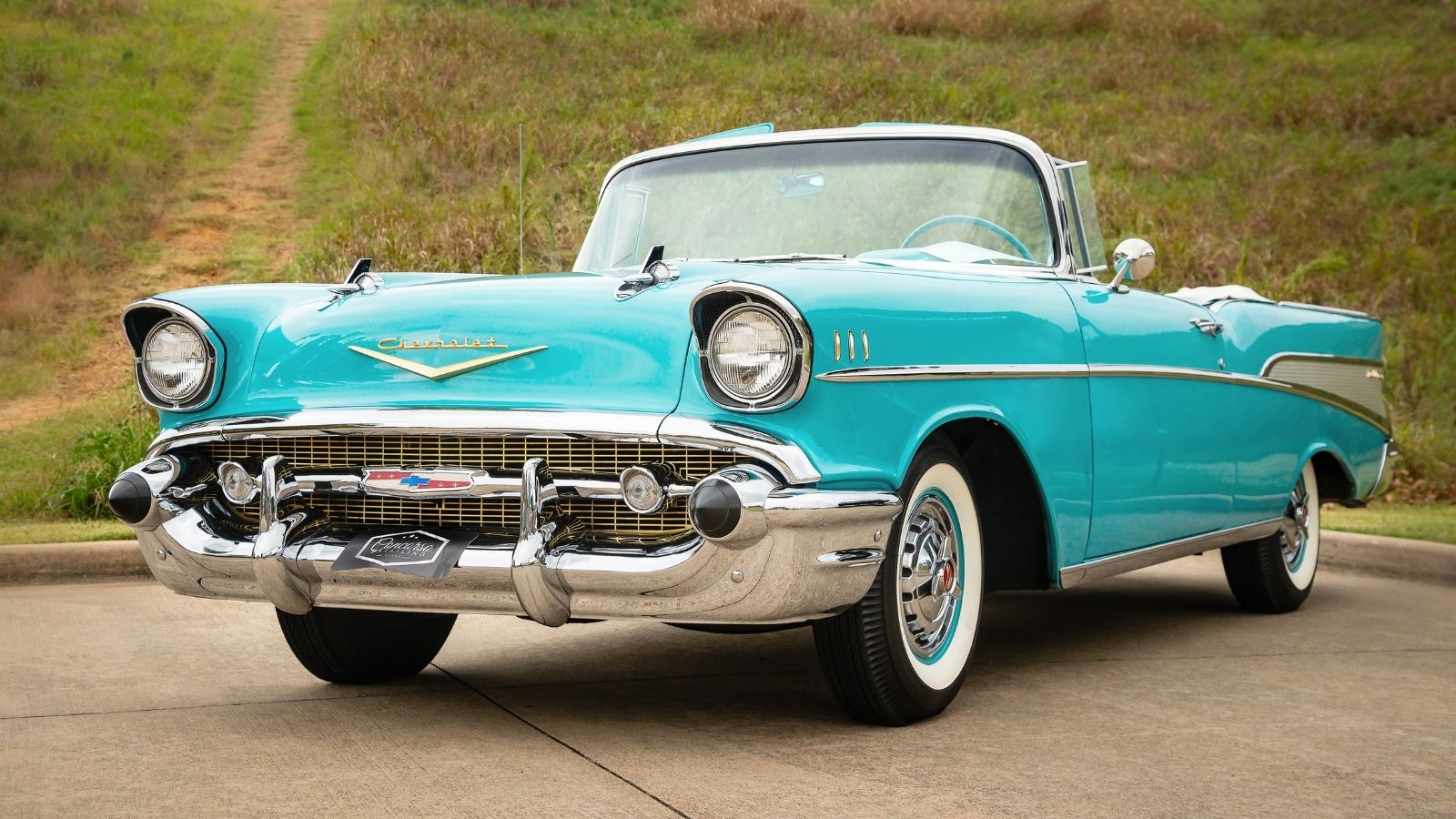
The Chevrolet Bel Air, designed by Harley Earl, became an iconic symbol of post-war America. Powered by a 4.3-liter V8, it could accelerate from 0 to 60 mph in 12 seconds. The interior featured two-tone vinyl seats, chrome accents, and a range of dashboard gauges. With its fins, bold grille, and elegant trims, the Bel Air epitomized 1950s glamour.
Jaguar XK120 (1948)
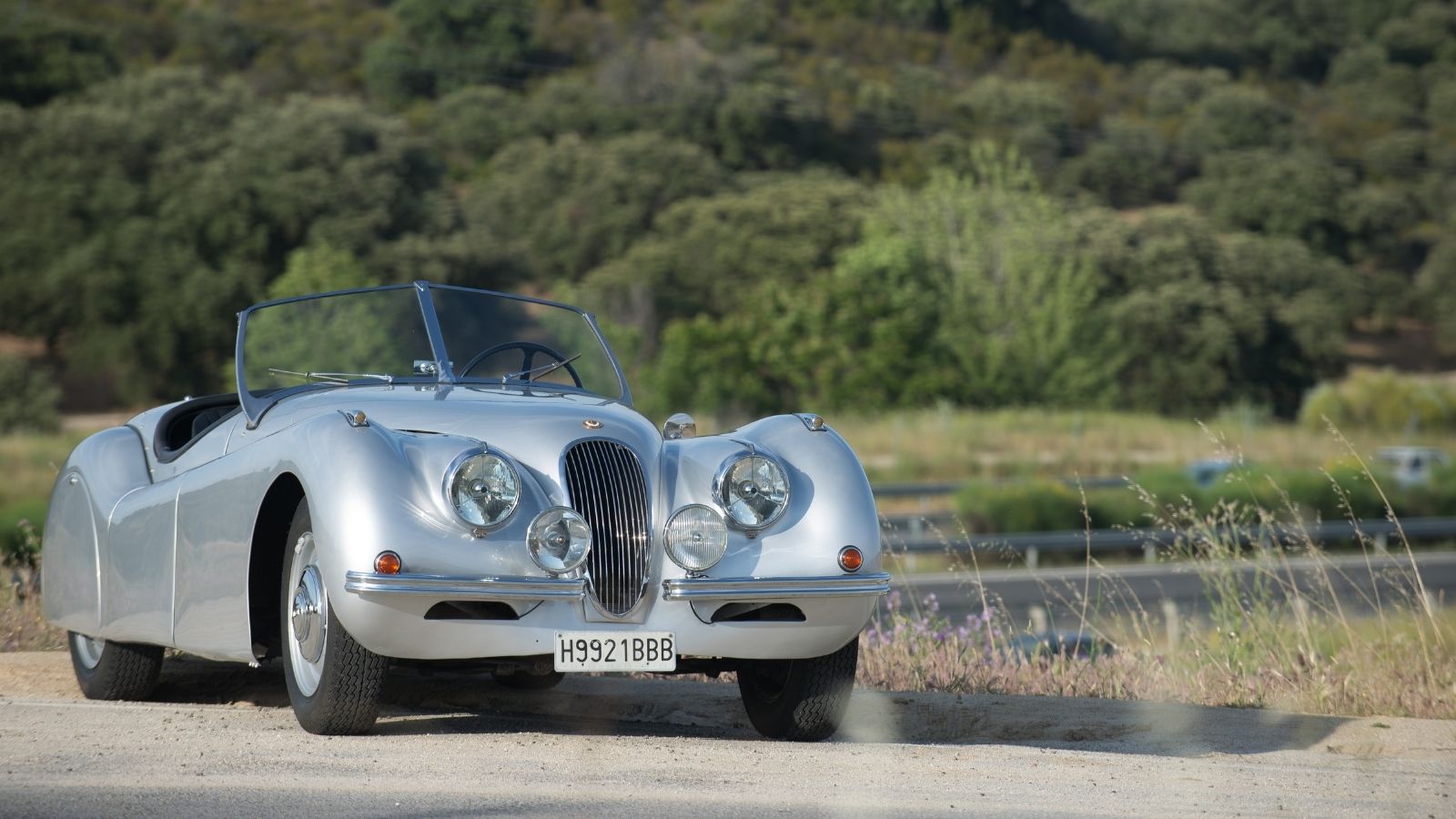
William Lyons created the Jaguar XK120, the fastest production car at the time. Its inline-six engine boasted 3.4 liters and could shoot the car from 0 to 60 in 10 seconds. The interior design had soft leather seats, a walnut dashboard, and toggle switches. With its curvaceous body and breathtaking speed, the XK120 is a benchmark for classic sports cars.
Mercedes-Benz 300SL Gullwing, 1954
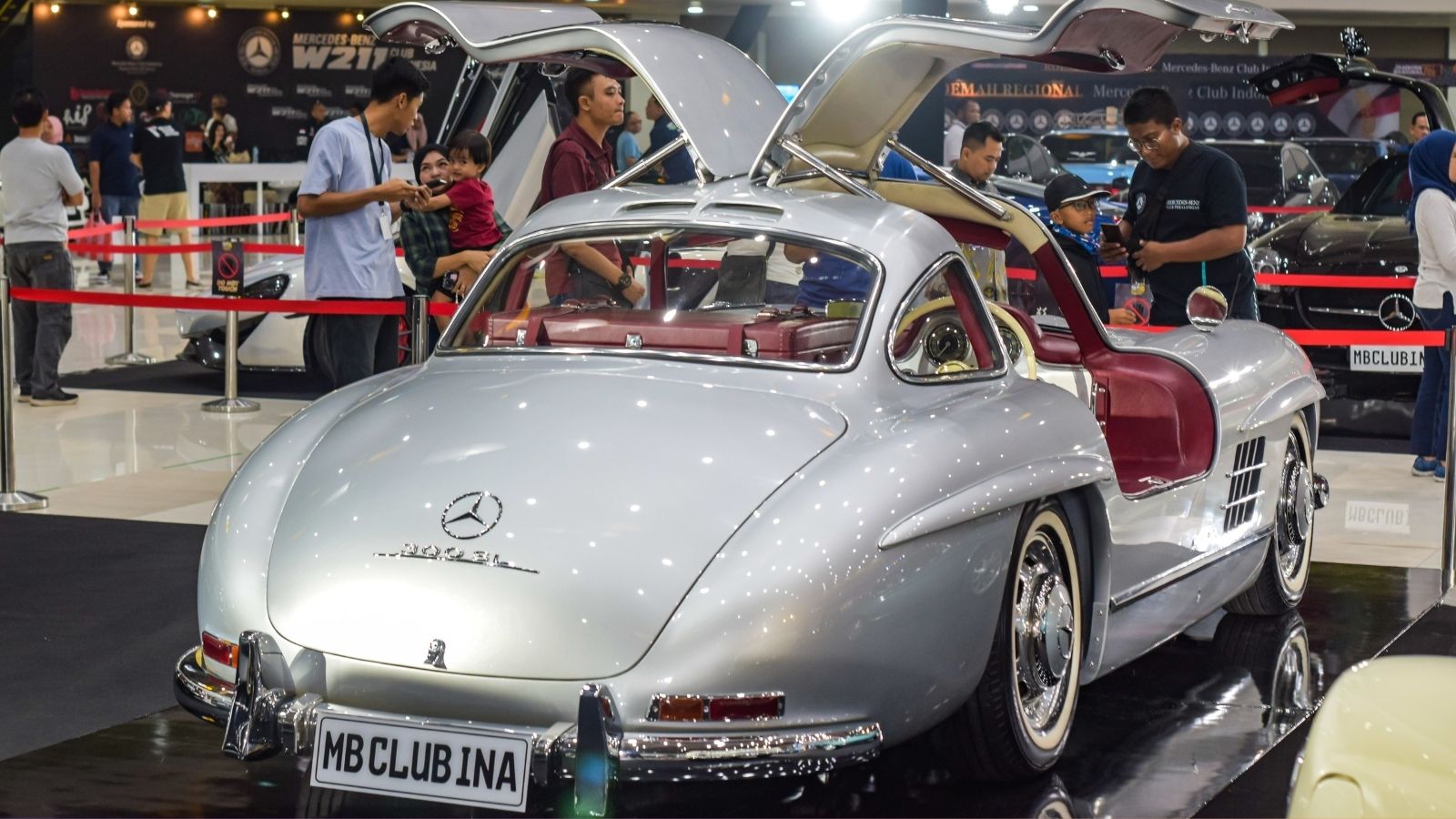
Designed by Friedrich Geiger, the Mercedes-Benz 300SL Gullwing was an engineering marvel. Its 3.0-liter inline-six engine with innovative fuel injection propelled it from 0 to 60 mph in 8.8 seconds: the interior featured plaid fabric seats, a minimalist dashboard, and distinctive gullwing doors.
Porsche 356 Speedster, 1948
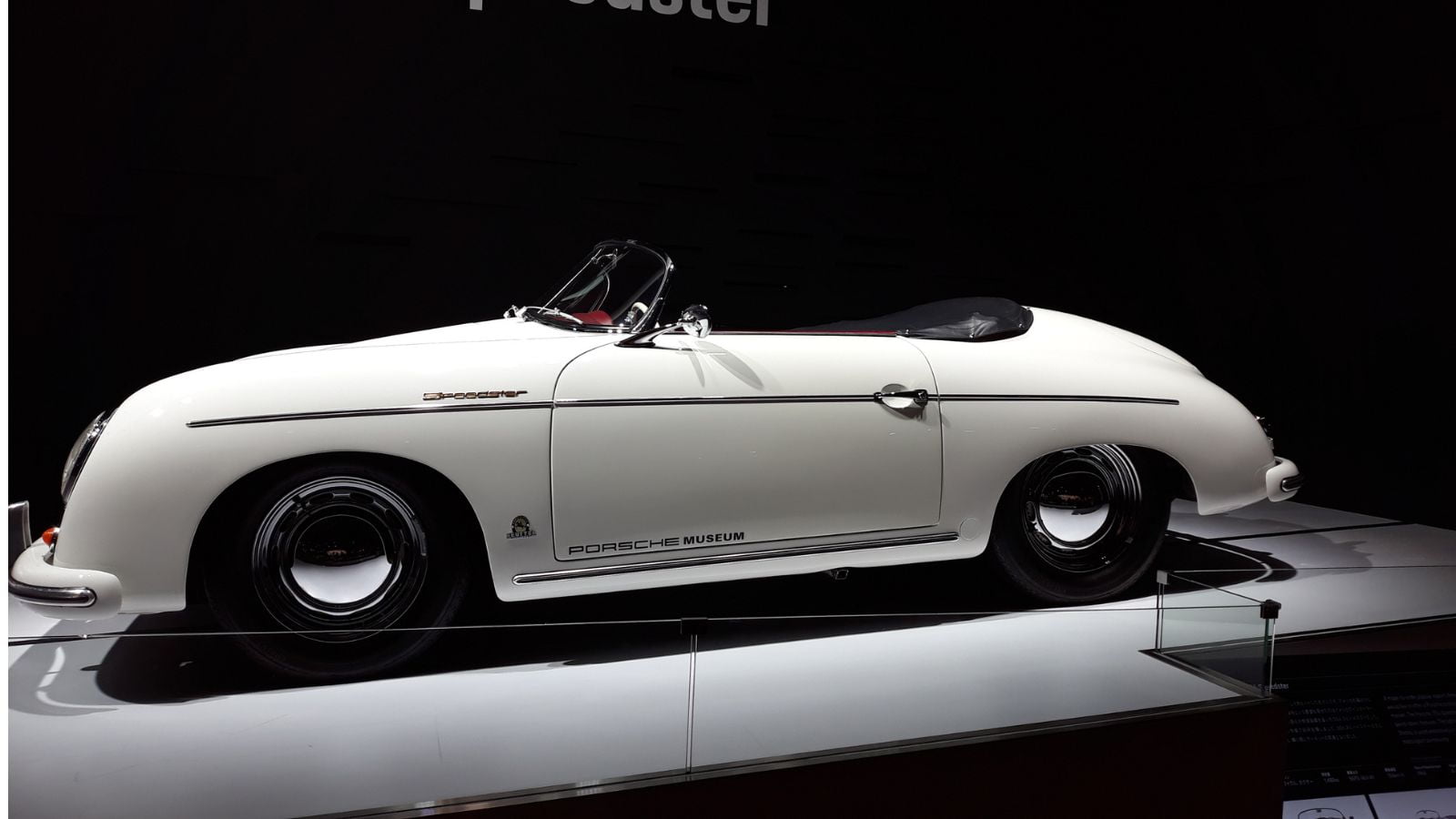
Another iconic brainchild is the Porsche 356 Speedster, a lightweight roadster. It went from 0 to 60 in about 12 seconds, pushed by a flat-four 1.6-liter engine. Boasting bucket seats, a reduced instrument cluster on the inside, and minus frills, this is a timeless car.
Packard 120 (1935)
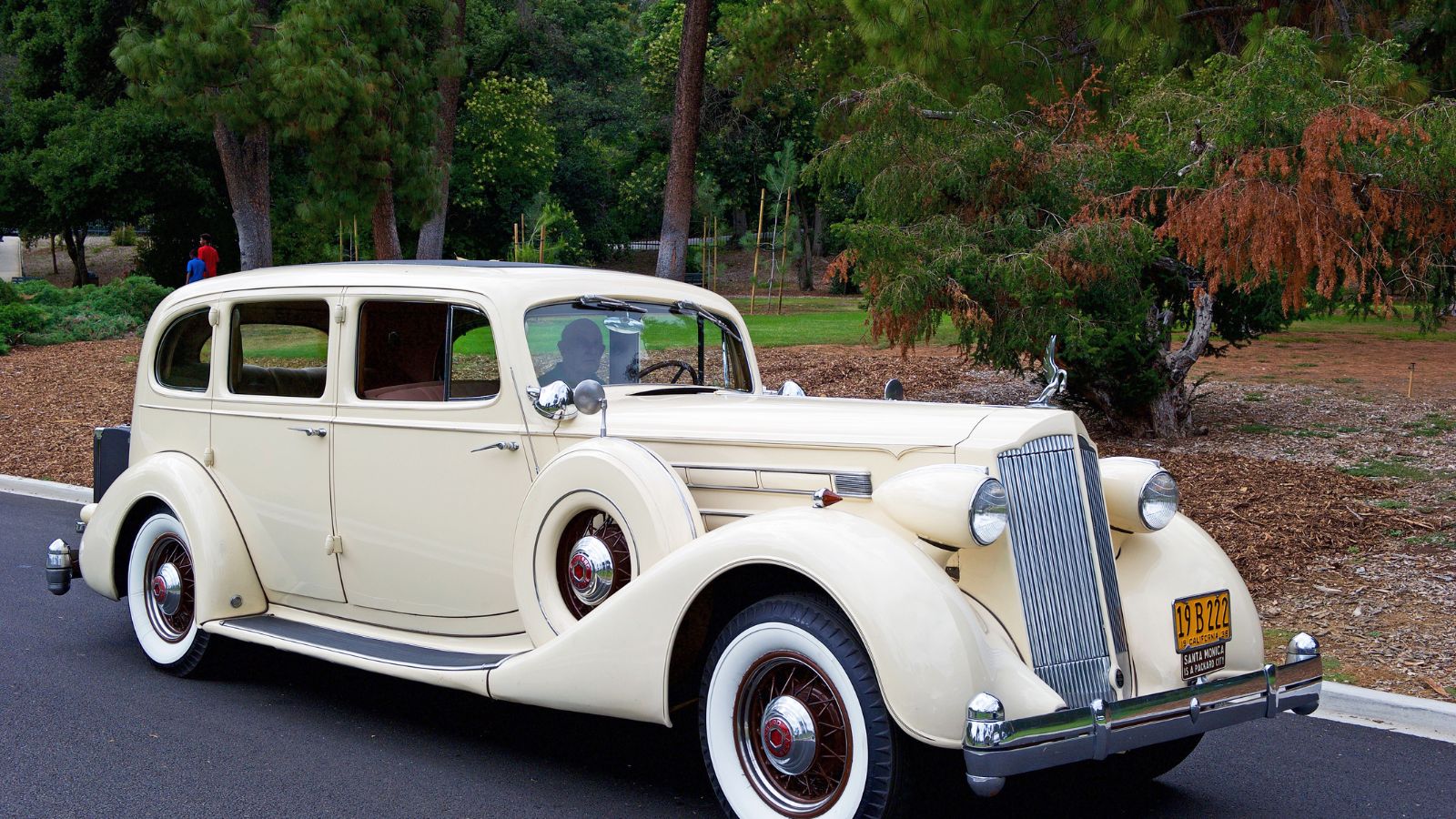
The Packard 120, written by legendary Ed Macauley, was a pioneer in its class of luxury vehicles. Its powerful 4.6-liter inline-eight engine could accelerate from 0 to 60 mph in about 17 seconds. The interior featured mohair plush seats, polished wood trim, and an elegant instrument panel with art deco-inspired gauges.
Cadillac Series 62 (1940)
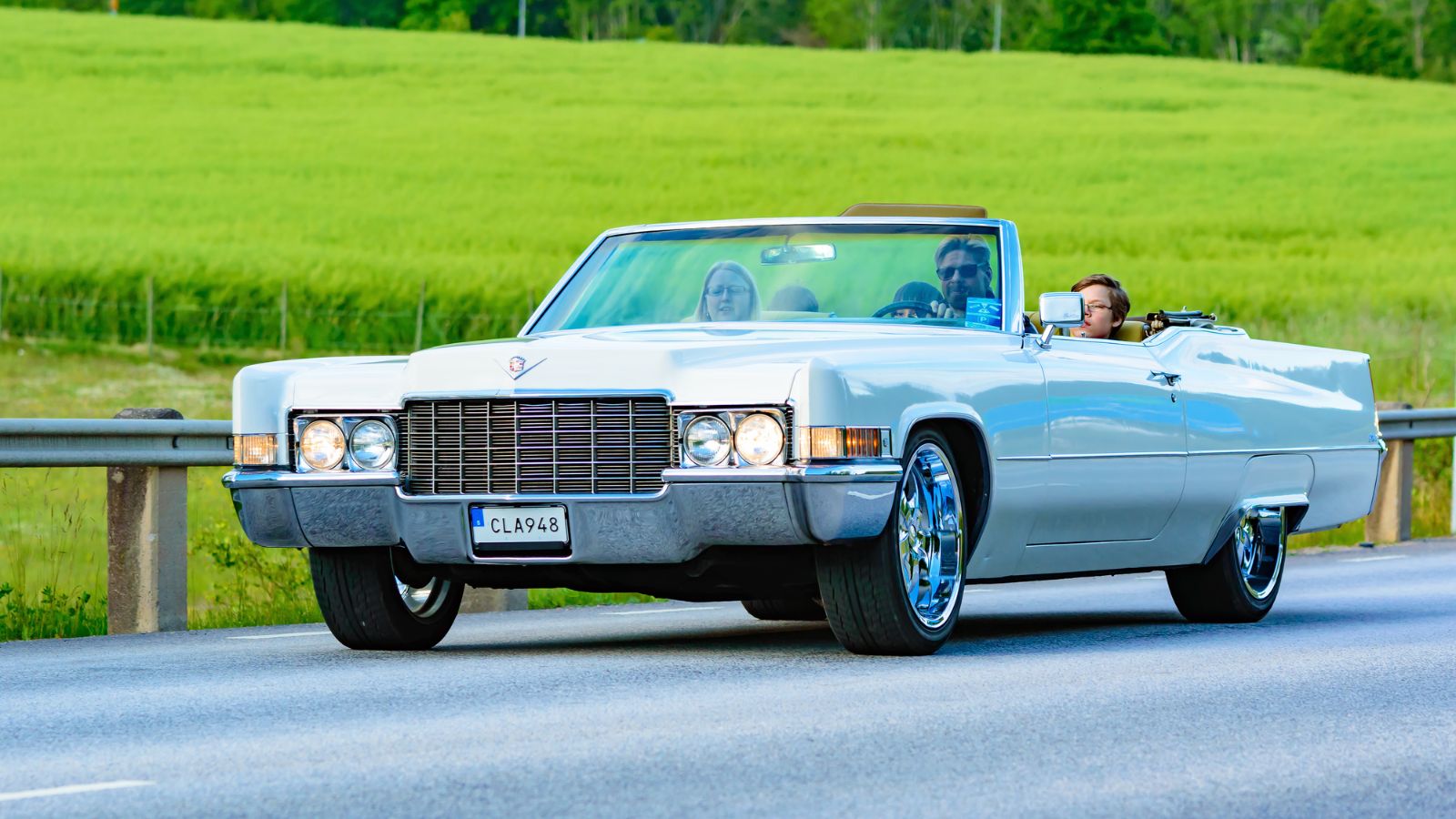
Harley Earl’s Cadillac Series 62 was the very best of American design. Its 5.7-liter V8 could accelerate the car from 0 to 60 in a reasonable 16 seconds. Inside, you found wide leather seats, complex chrome moldings, and a dashboard sporting modern conveniences such as a push-button radio.
Volkswagen Beetle (1938)
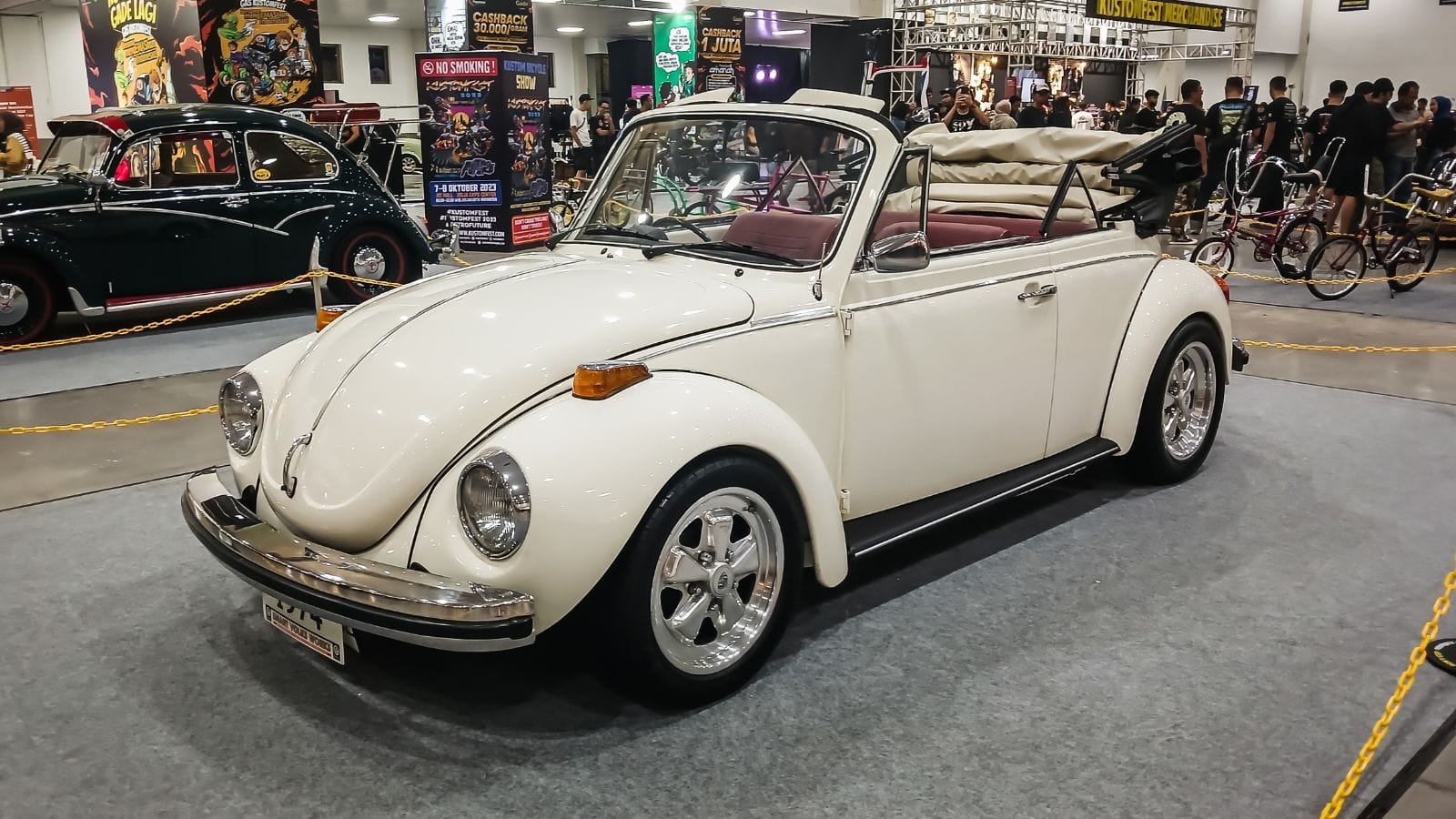
Ferdinand Porsche designed the Volkswagen Beetle, one of the most iconic cars ever built. Its 1.1-liter flat-four engine wasn’t exactly made for speed, and it had a 0 to 60 mph time of around 27 seconds. The interior was minimalist yet functional, with vinyl seats, a basic instrument panel, and a quirky charm that won the hearts of millions. Its iconic shape and enduring reliability made the Beetle a timeless treasure across generations.
Lincoln Continental (1941)
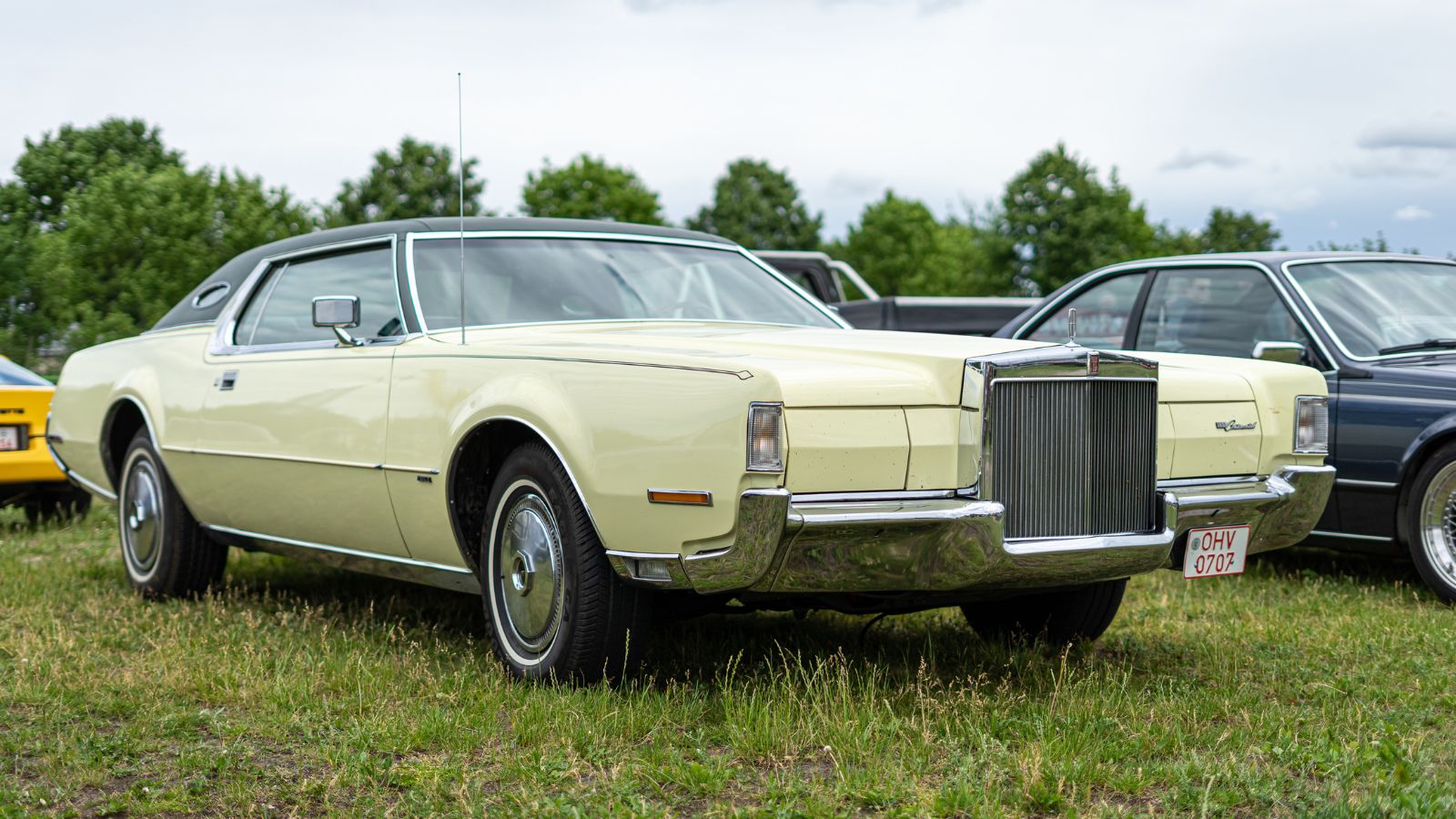
Designed by Eugene T. “Bob” Gregorie, the Lincoln Continental became a new benchmark in American luxury cars. With its 4.8-liter V12 engine, the Lincoln could reach 0 to 60 mph in 15 seconds. Its interiors had fine leather upholstery, woodgrain trim, and an initially designed steering wheel.
Ferrari 250 GTO 1962
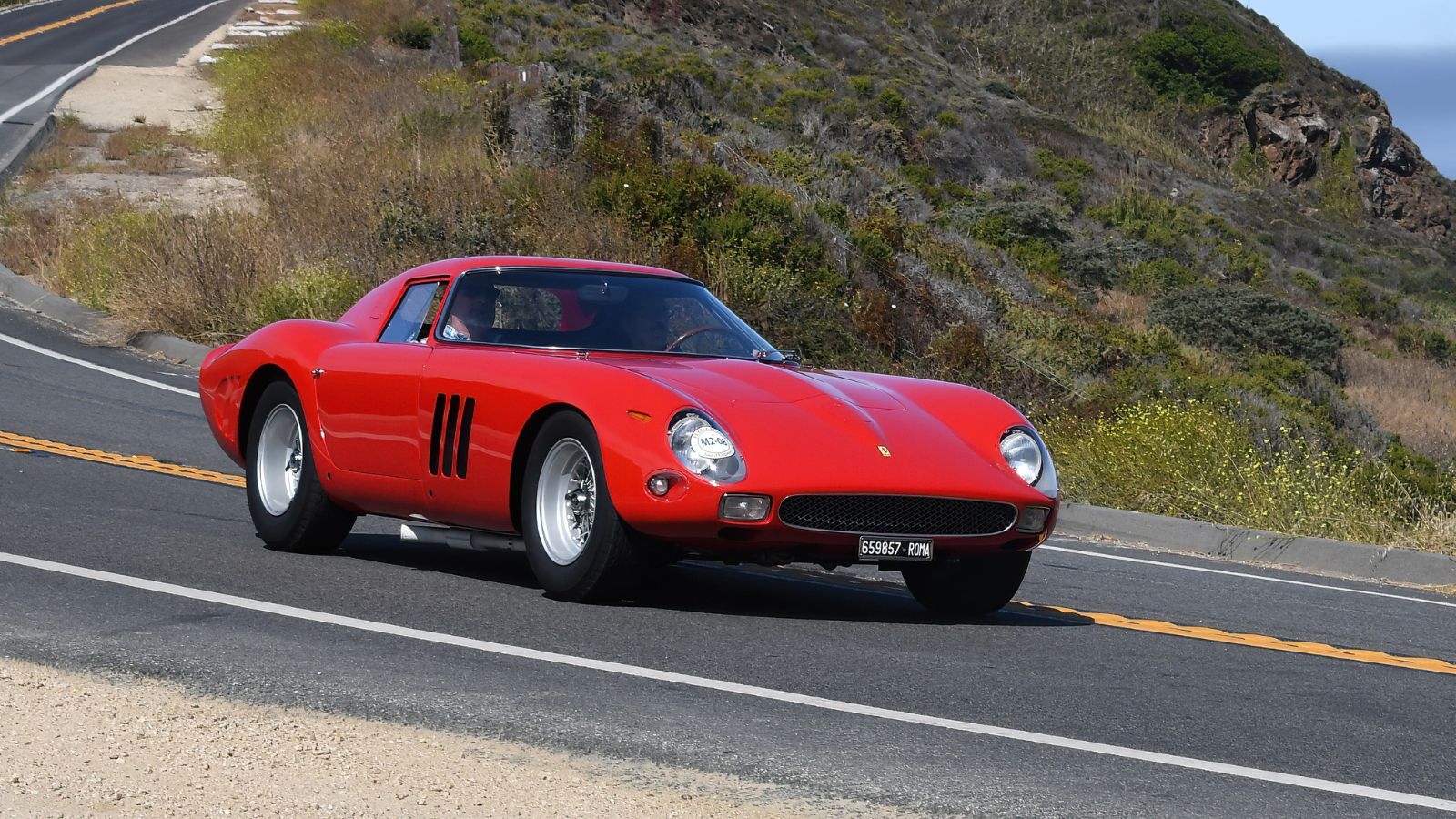
The Ferrari 250 GTO, considered one of the most excellent classic racing cars, was designed by Giotto Bizzarrini and Sergio Scaglietti. A 3.0-liter V12 engine could accelerate from 0 to 60 mph in just 5.4 seconds. The interior was built for racing, featuring lightweight bucket seats, a minimalist dashboard with essential gauges, and aluminum trim.
Austin-Healey 3000 (1959)
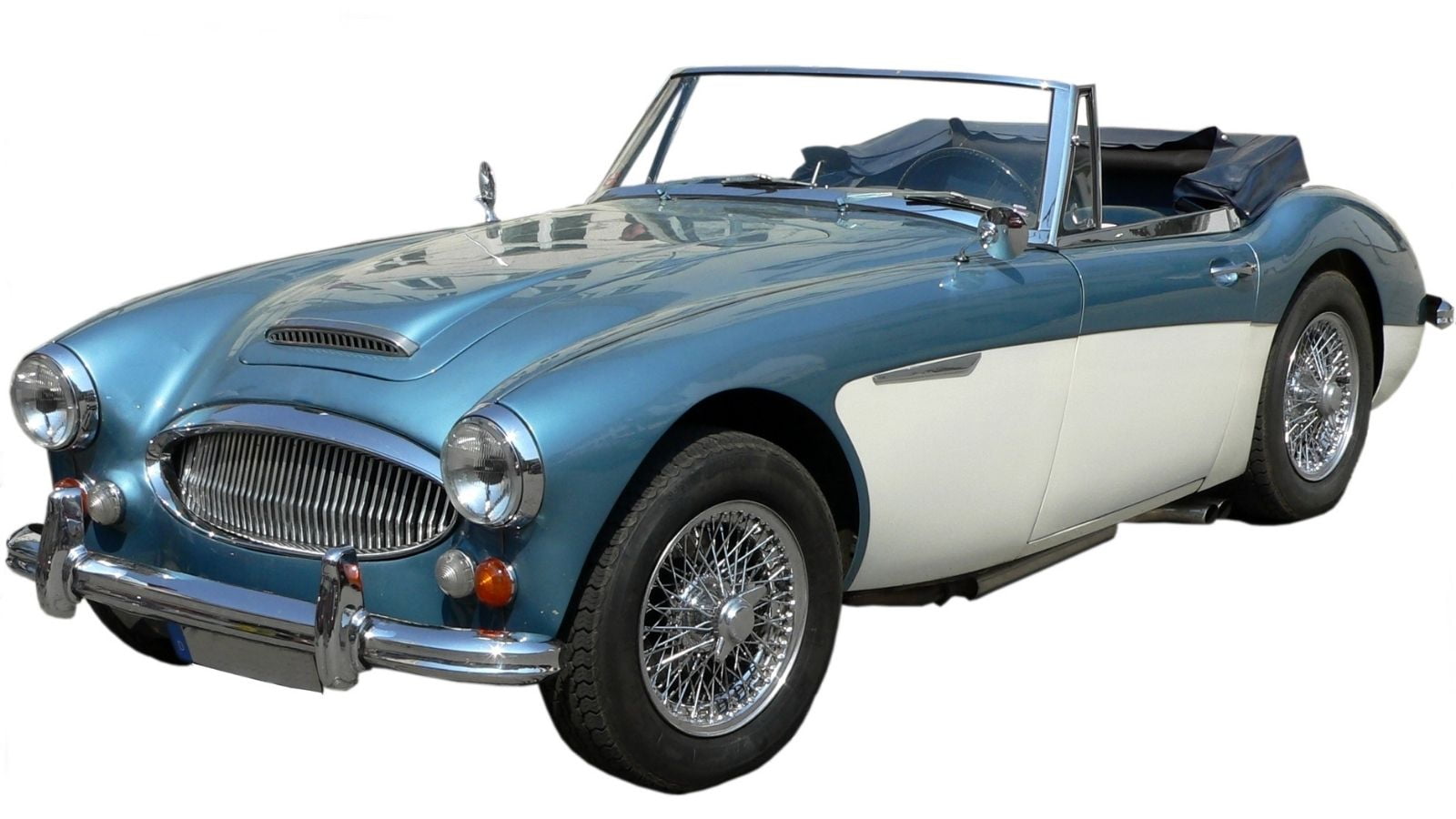
The Austin-Healey 3000, designed by Donald Healey, was powered by a 2.9-liter inline-six engine. It could accelerate from 0 to 60 mph in 11 seconds. Its interior featured leather bucket seats and a wood-grained dashboard with toggle switches, reflecting a functional yet timeless design. With its striking lines, responsive handling, and impressive performance, the 3000 became a beloved classic, earning its place on both roads and rally tracks.
Alfa Romeo 8C 2900 (1937)
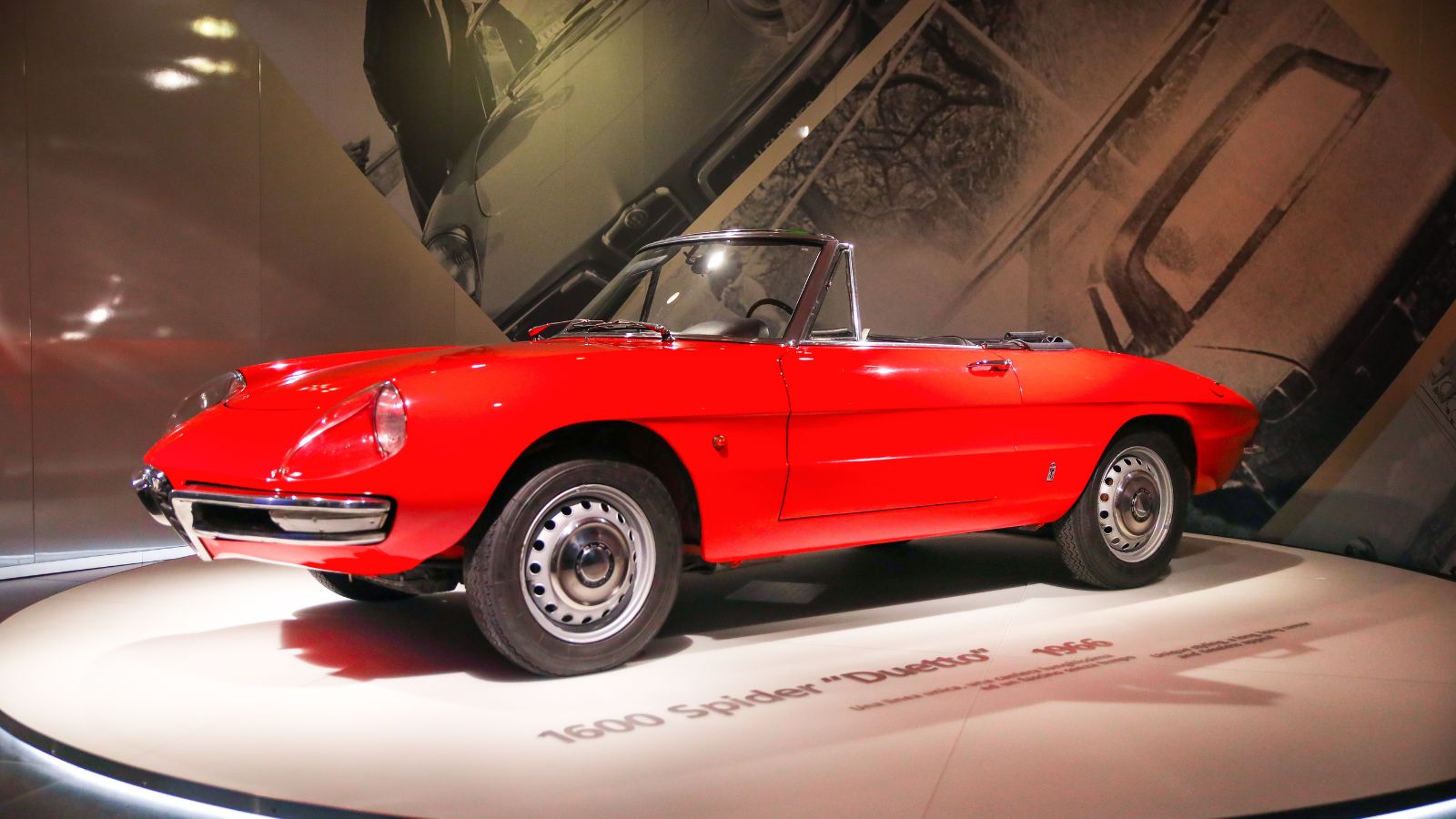
The Alfa Romeo 8C 2900, designed by Vittorio Jano, is a prewar masterpiece of style and engineering. Its 2.9-liter inline-eight engine, equipped with twin superchargers, had a 0 to 60 mph in just 7 seconds, a feat for its time. The interior showcased luxurious leather seats with intricate stitching and finely crafted wooden trim.
Duesenberg Model J
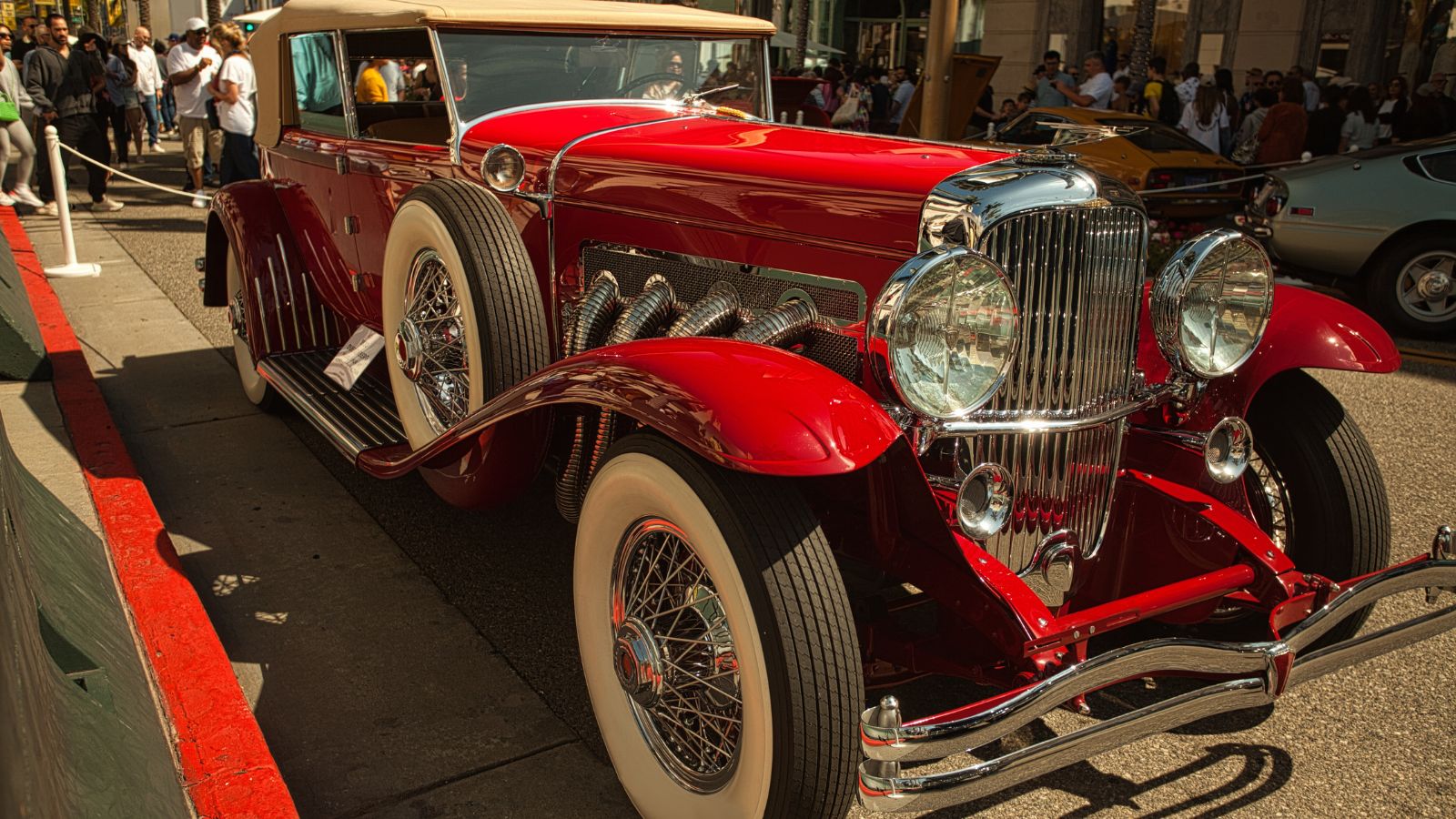
The Duesenberg Model J, crafted by Fred and Augie Duesenberg, epitomized luxury and performance in the 1920s. Powered by a 6.9-liter straight-eight engine, it could accelerate from 0 to 60 mph in 11 seconds. Its interior was bespoke with silk-upholstered seats, gold or silver-plated fittings, and a customizable dashboard.
Maserati A6GCS Berlinetta (1953)
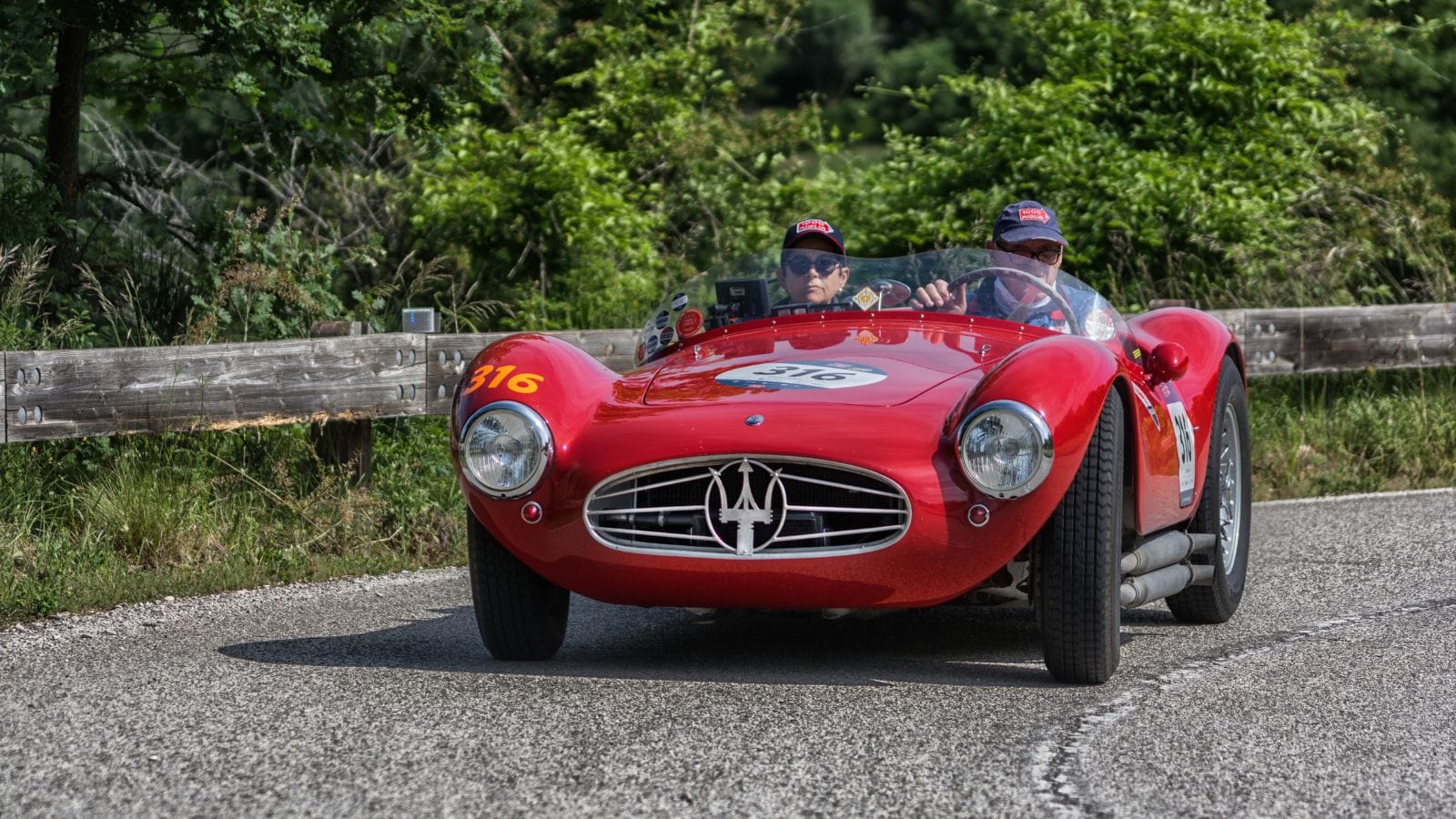
The Berlinetta Maserati A6GCS, a performance masterpiece crafted by Pininfarina, featured a 2.0-liter inline-six engine that could accelerate from 0 to 60 mph in around 9 seconds. The interior was simple yet elegant, with leather bucket seats, a minimalist dashboard, racing dials, and lightweight materials to enhance performance.
Ford Thunderbird (1955)
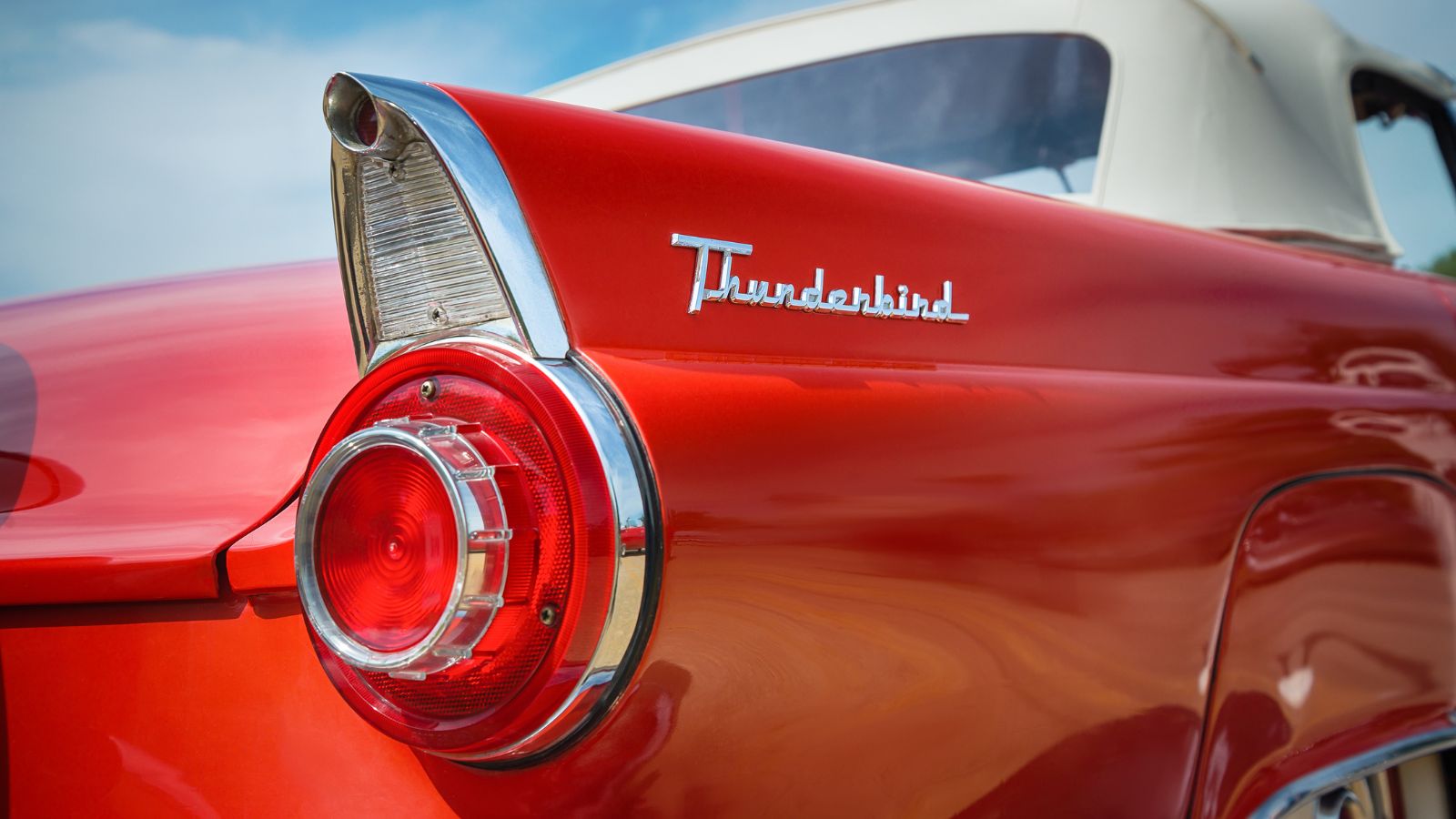
The Ford Thunderbird, designed by Frank Hershey, was Ford’s answer to the growing demand for personal luxury cars. Equipped with a 4.8-liter V8 engine, it could accelerate from 0 to 60 mph in just 9.5 seconds. The interior featured vinyl-upholstered bucket seats, a padded dashboard, and chrome accents.
Citroën DS (1955)
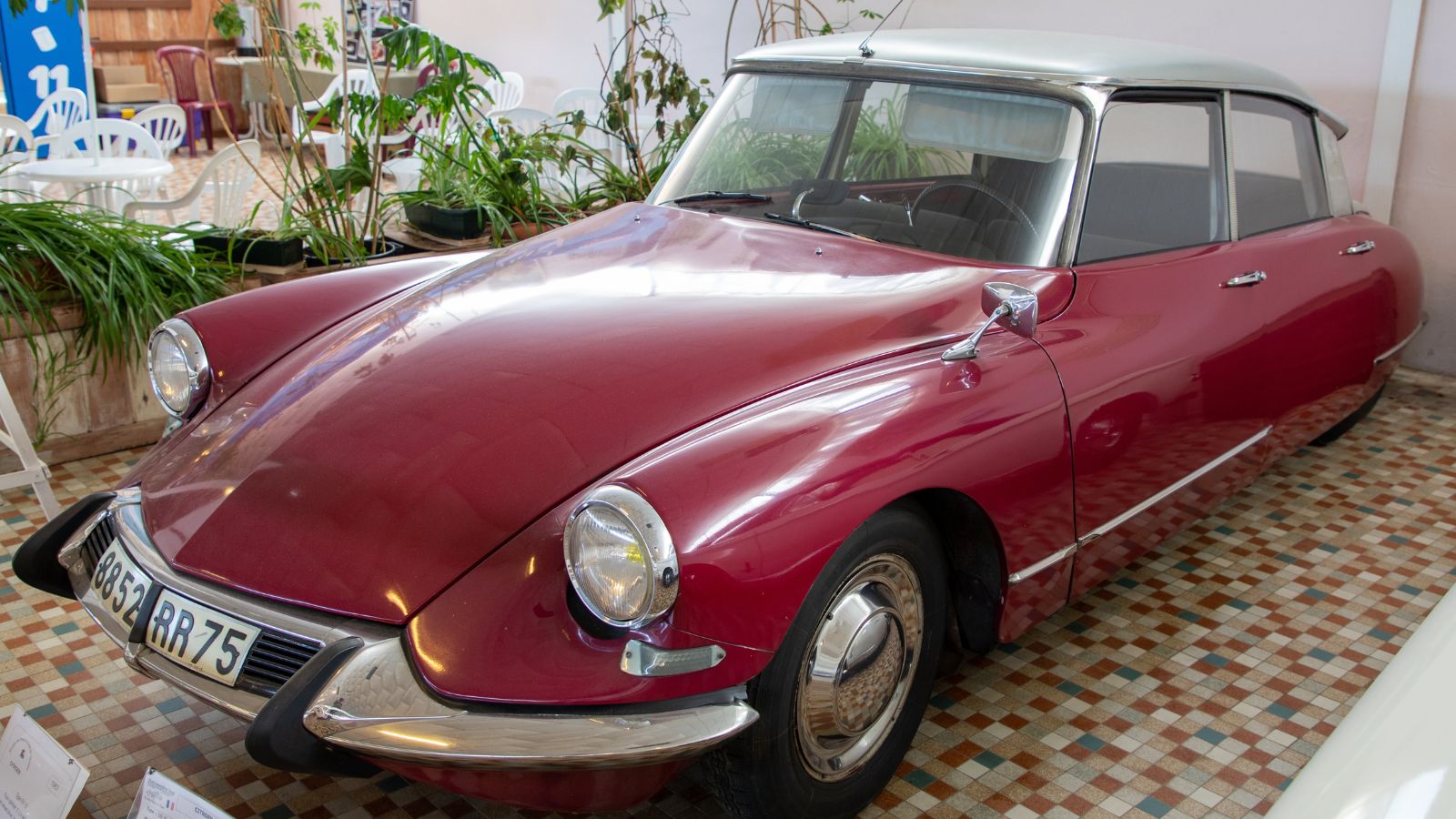
The Citroën DS was a revolutionary car that reshaped automotive innovation. A 1.9-liter inline-four engine could accelerate from 0 to 60 mph in around 13 seconds. Its interior was ahead of its time, featuring soft, supportive seats, an avant-garde dashboard with a single-spoke steering wheel, and hydraulically operated controls. The DS was also the first car to feature hydropneumatic suspension, making it an aerodynamic marvel.
18 Budget-Friendly Electric Cars That Last Longer Than Their Loans — Economical Electrics
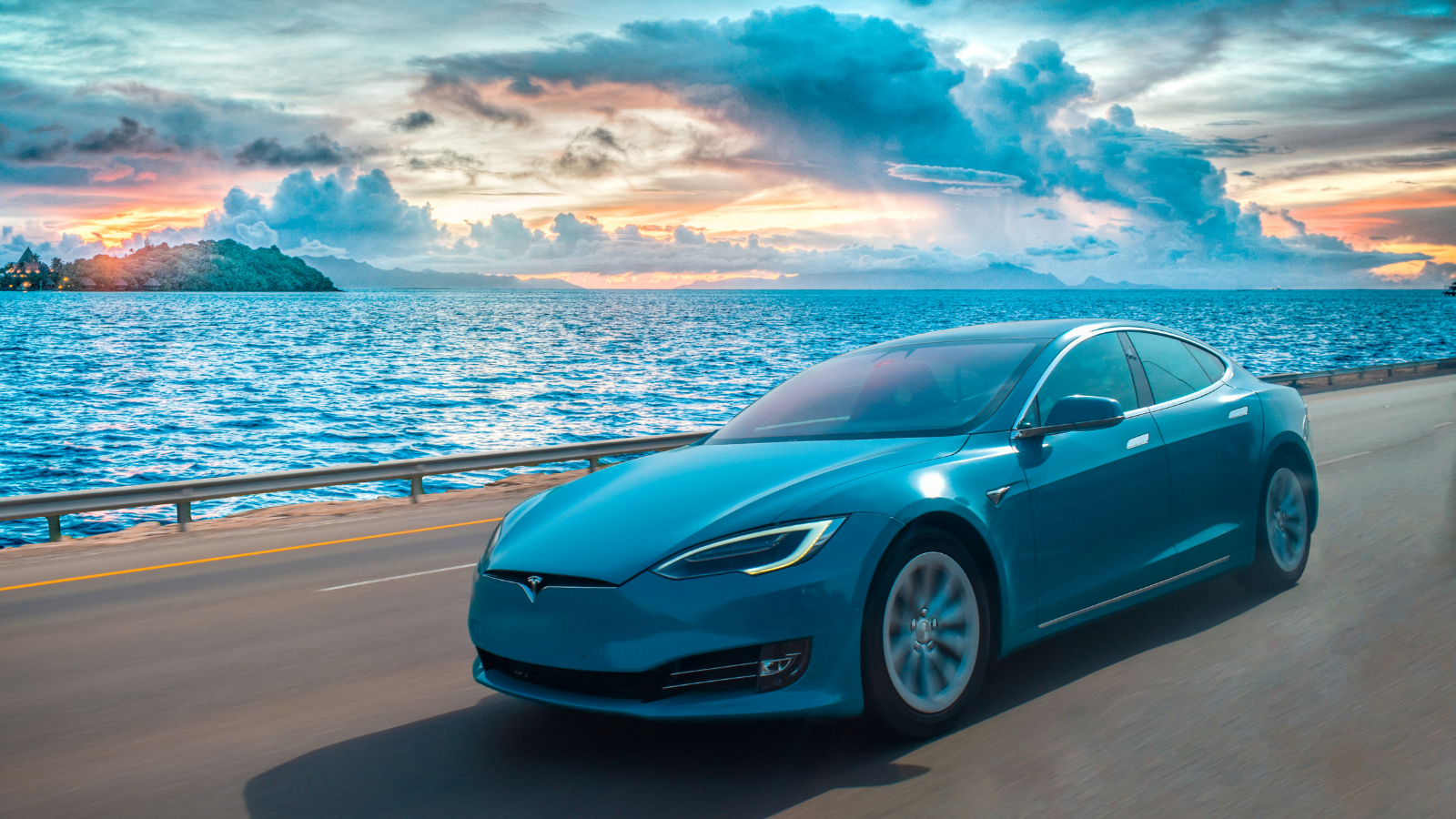
Electric vehicles are no longer a luxury for the elite—they’re a smart investment for the everyday driver. With manufacturers stepping up to the plate, affordable EVs now deliver on reliability, range, and modern comforts. Here’s a look at 18 economical electric cars engineered to outlast their payment plans.
18 Budget-Friendly Electric Cars That Last Longer Than Their Loans — Economical Electrics
